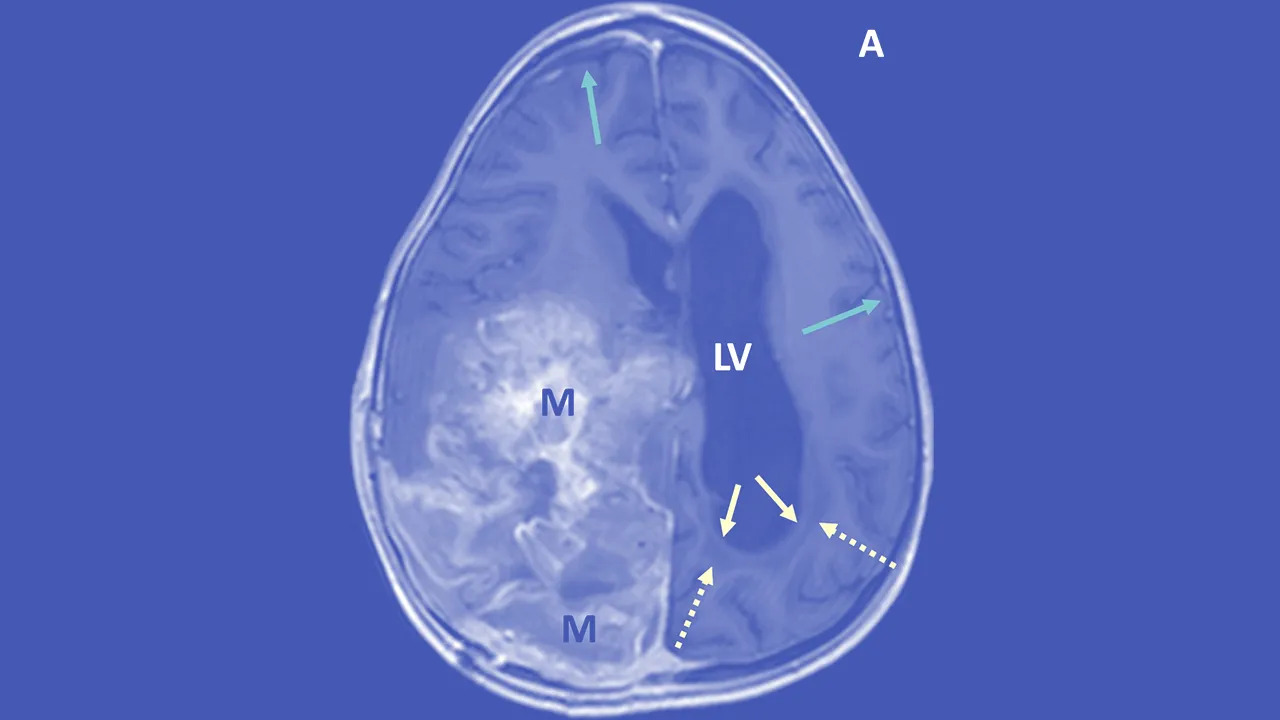Huntington’s disease (HD) is a rare, inherited neurodegenerative disorder that affects the brain and causes progressive deterioration of cognitive, motor, and psychiatric functions. It is named after George Huntington, who first described the disease in 1872.
HD is caused by a mutation in the huntingtin (HTT) gene, which produces a toxic protein in brain cells.
The disease affects about 1 in 10,000 people worldwide, with an estimated 30,000 people in the United States living with HD.
Symptoms of HD usually appear in mid-life, between the ages of 30 and 50, although they can occur at any age. The disease is characterized by a triad of symptoms:
motor dysfunction, cognitive decline, and psychiatric disturbances. Motor symptoms include involuntary movements, such as chorea (jerky, dance-like movements), dystonia (abnormal muscle contractions), and rigidity (stiffness). Cognitive symptoms include difficulty with memory, attention, and decision-making. Finally, psychiatric symptoms include depression, anxiety, irritability, and apathy.
The progression of HD varies from person to person, but it generally follows a predictable pattern. Early symptoms may include subtle changes in mood or behavior, such as irritability or depression. As the disease progresses, motor symptoms become more prominent, and cognitive and psychiatric symptoms worsen. Eventually, the person becomes entirely dependent on others for care and may require institutionalization.
There is currently no cure for HD, and treatment is focused on managing symptoms and improving quality of life. For example, medications can help control involuntary movements and psychiatric symptoms, while physical and occupational therapy can help maintain mobility and independence. Genetic counseling is also an essential part of HD management. The disease is inherited in an autosomal dominant pattern, meaning that each child of an affected parent has a 50% chance of inheriting the mutated gene.
Research into the underlying mechanisms of HD is ongoing, aiming to develop new treatments and ultimately find a cure. One promising area of research is gene therapy, which involves delivering a healthy copy of the HTT gene to replace the mutated gene. Another approach is targeting the toxic protein produced by the mutated gene, either by blocking its production or promoting its clearance from the brain.
In addition to medical treatments, several supportive services are available to help people with HD and their families. These may include counseling, support groups, and respite care. For example, Huntington’s Disease Society of America (HDSA) is a national organization that provides information, resources, and support to people affected by HD.
Huntington’s disease is a devastating neurodegenerative disorder affecting individuals with currently no cure; treatments are available to manage symptoms and improve quality of life. In addition, ongoing research into the underlying mechanisms of the disease holds promise for developing new medicines and, ultimately, a cure. In the meantime, supportive services, and organizations like the HDSA can provide much-needed assistance and support to those affected by HD.

Comments are closed.